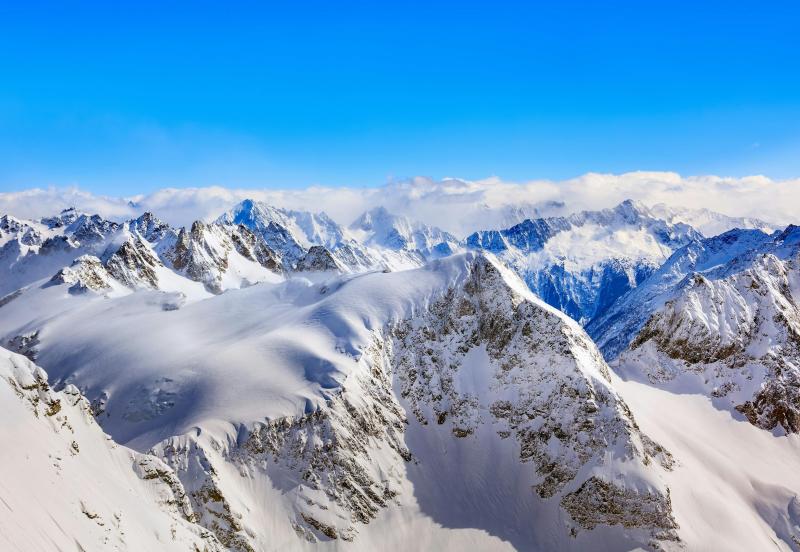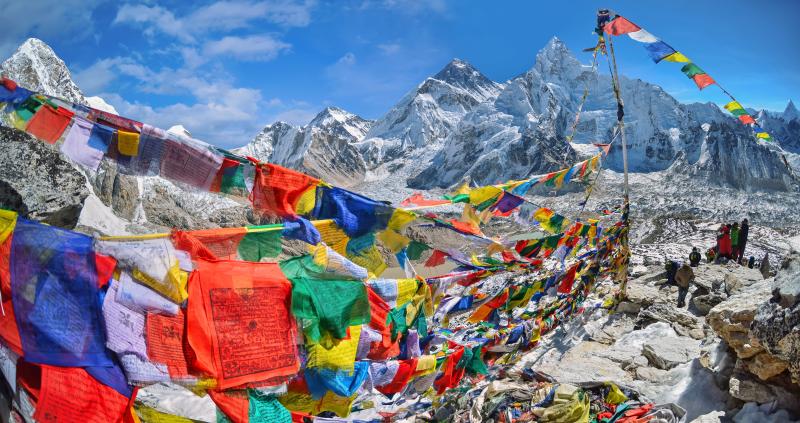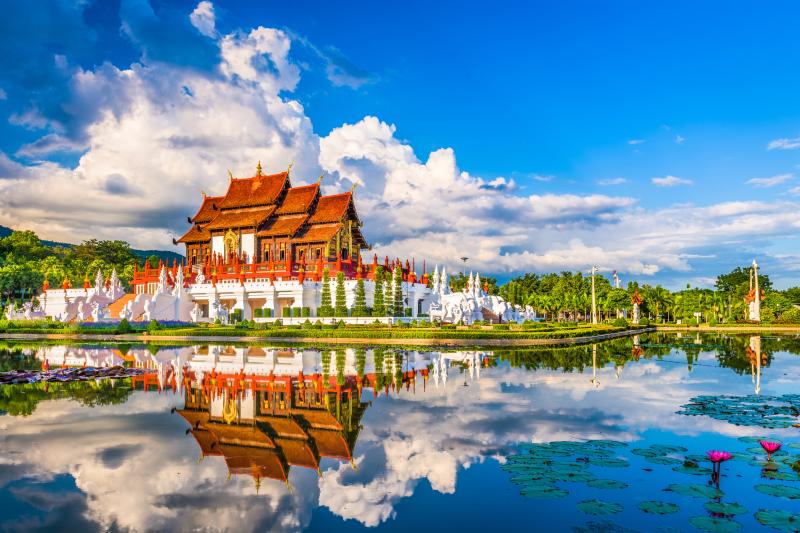View It
Visit It
Mount Everest
Nepal
Visit Mount Everest
Mount Everest, known as the highest peak on Earth, stands as a colossal giant in the Himalayas, straddling the border between Nepal and the Tibet Autonomous Region of China. At an elevation of 8,848.86 meters (29,031.7 feet), it beckons adventurers, climbers, and nature enthusiasts from around the globe. The mountain, locally known as Sagarmatha in Nepal and Chomolungma in Tibet, is not just a physical challenge but also a journey through diverse cultures and breathtaking landscapes.
The journey to Everest typically begins in Kathmandu, the vibrant capital of Nepal, where trekkers can explore ancient temples and bustling markets before heading towards the mountain. The most popular route to the summit is the South Col Route from the Nepalese side, which starts with a scenic flight to Lukla. From there, trekkers embark on a multi-day hike through the Khumbu region, home to the famous Sherpa community. The trek includes stops at iconic locations such as Namche Bazaar, the gateway to the high Himalayas, Tengboche Monastery, and eventually Everest Base Camp. Each step of the way offers stunning views of towering peaks and gives insights into the local Sherpa culture.
Visiting Mount Everest is not only about reaching the summit. For many, the experience of trekking through the Everest region and reaching the Base Camp is a significant achievement. The landscape around the mountain is rugged and awe-inspiring, with glaciers, icefalls, and some of the world's highest peaks accompanying you as you trek. The region is also rich in biodiversity, including rare species like the snow leopard and the red panda, which live in the lower forested zones. Whether you're an experienced climber aiming for the summit or a trekker looking to soak in the natural beauty and cultural richness, Mount Everest offers an unforgettable adventure that challenges the body, stimulates the mind, and enriches the soul.
Mount Everest Monthly Weather Conditions
LOW
TEMP
HIGH
TEMP
DAYS OF PRECIP.
January
-17°F
-2°F
20
February
-17°F
-2°F
20
March
-4°F
-4°F
15
April
-2°F
-2°F
12
May
-2°F
-2°F
15
June
-2°F
32°F
15
July
-4°F
-2°F
15
August
-2°F
32°F
15
September
0°F
14°F
12
October
-2°F
14°F
12
November
-2°F
1°F
15
December
-4°F
-2°F
15
Need to Know Before You Go To Mount Everest
Find your Next Adventure in Mount Everest
Explore Mount Everest
- Highest Point on Earth: Mount Everest reaches a staggering height of 8,848.86 meters (29,031.7 feet) above sea level, as updated by China and Nepal in 2020. It's part of the Himalaya range in Asia, sitting on the border between Nepal and the Tibet Autonomous Region of China.
- Growing Taller: Everest is still growing at a rate of about 1 centimeter per year due to the tectonic plates' movement – the Indian plate is pushing against the Eurasian plate, which pushes the mountain higher.
- Named After Sir George Everest: Mount Everest was named in 1865 after Sir George Everest, a British surveyor-general of India. Interestingly, Sir George Everest pronounced his last name as "Eve-rest," not "Ever-est" as it is commonly pronounced today.
- Local Names: To the locals, Mount Everest is known as “Sagarmatha” in Nepal which means "Forehead in the Sky," and “Chomolungma” in Tibet which means "Mother Goddess of the World."
- First Confirmed Ascent: Sir Edmund Hillary from New Zealand and Tenzing Norgay, a Sherpa of Nepal, were the first confirmed climbers to reach the summit on May 29, 1953.
- Wind Speeds Can Be Overwhelming: The summit of Everest is so high that it sits in the jet stream for part of the year, which can bring winds exceeding 200 miles per hour.
- Extreme Temperatures: The temperature at the summit never rises above freezing, averaging -19°C (-2°F) in the summer and can drop to -60°C (-76°F) in winter.
- Deadly Beauty: Over 300 people have died attempting to climb Mount Everest. Many bodies remain on the mountain, as it’s too dangerous to retrieve them.
- A Crowded Place: Despite the dangers, Everest attracts many climbers. In 2019, a traffic jam of climbers in the "Death Zone" was widely reported, with over 200 climbers attempting to reach the summit on the same day.
- Ecological Concerns: Everest faces significant ecological challenges, including waste left by climbers. Efforts are ongoing to clean up what has been termed the "world's highest garbage dump."
Mount Everest continues to be a symbol of human endurance and curiosity, representing both monumental achievements and significant challenges.
Featured Picture Gallery

View Mount Everest from the Cityside

An Aerial Shot Over Mount Everest

Surround Yourself in the Nature Around Mount Everest

It is Common to Leave a Flag Behind When Hiking Mount Everest
Explore Similar Locations
Chiang Mai

Machu Picchu

Tanzania

Patagonia

